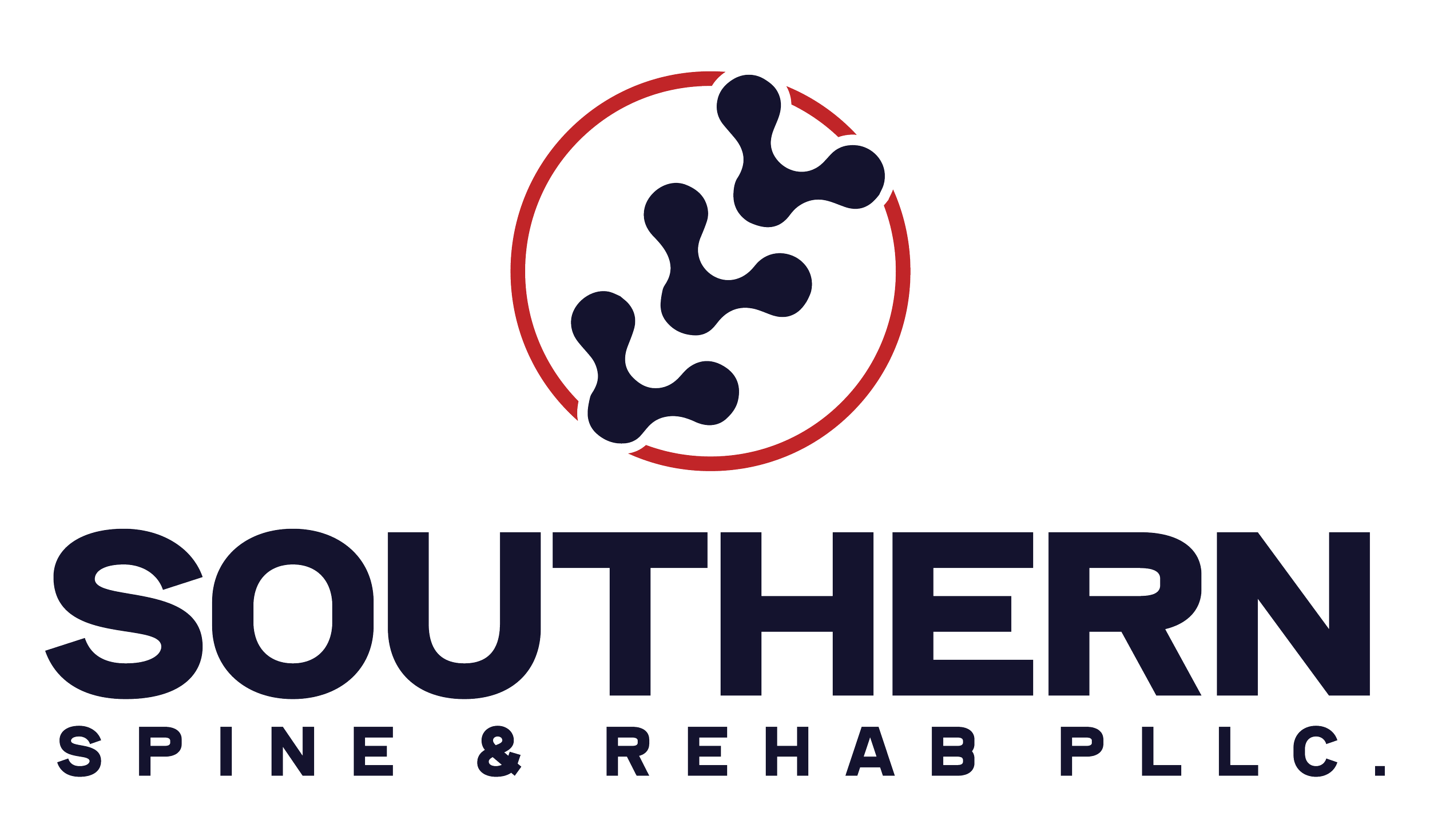DRY NEEDLING: What is it? Why do I need it?
“Dry needling is one of the most effective ways to combat pain and injury, period.” -Dr. Pedigo, DC.
Dry needling is a therapeutic technique gaining popularity in the realm of chiropractic, physical therapy, and pain management. This treatment involves the insertion of thin needles into specific trigger points or muscle knots to alleviate pain and improve mobility. In this blog post, we'll delve into the details of what dry needling is and explore its various benefits.
Understanding Dry Needling:
Dry needling is often confused with acupuncture due to the use of needles, but they are distinct practices with different philosophies. While acupuncture is rooted in traditional Chinese medicine and aims to balance energy flow (qi), dry needling is grounded in Western medicine and focuses on releasing muscle tension and promoting healing. During a dry needling session, a trained practitioner inserts sterile needles directly into trigger points, which are tight bands of muscle or knots. The goal is to elicit a "twitch response," a quick, involuntary contraction of the muscle. This response helps release muscle tension, improve blood flow, and stimulate the body's natural healing processes.
Benefits of Dry Needling:
Pain Relief
Dry needling is renowned for its ability to alleviate both chronic and acute pain. By targeting trigger points, the procedure helps reduce muscle tightness and promotes pain relief, making it an effective option for individuals suffering from conditions like lower back pain, neck pain, and headaches.
2. Improved Range of Motion
Muscle tightness and knots can restrict joint movement, leading to reduced flexibility. Dry needling helps release these tension points, enhancing joint mobility and restoring a more natural range of motion. This can be particularly beneficial for athletes and individuals with musculoskeletal issues.
3. Accelerated Healing
The microtrauma caused by the insertion of needles prompts the body to initiate a healing response. This can enhance blood circulation, increase oxygen delivery to tissues, and stimulate the release of growth factors, expediting the overall healing process.
4. Reduced Muscle Spasms
Muscle spasms can be painful and limit daily activities. Dry needling helps relax overactive muscles, reducing spasms and restoring normal muscle function. This can be especially beneficial for conditions like sciatica and fibromyalgia.
5. Complements Other Therapies
Dry needling is often used in conjunction with other physical therapy modalities. When combined with exercises, stretches, and other therapeutic interventions, it can provide a comprehensive approach to addressing musculoskeletal issues.
6. Targeted Treatment
One of the key advantages of dry needling is its ability to target specific areas of dysfunction. By honing in on trigger points, practitioners can tailor the treatment to address the unique needs of each individual, leading to more precise and effective outcomes.


